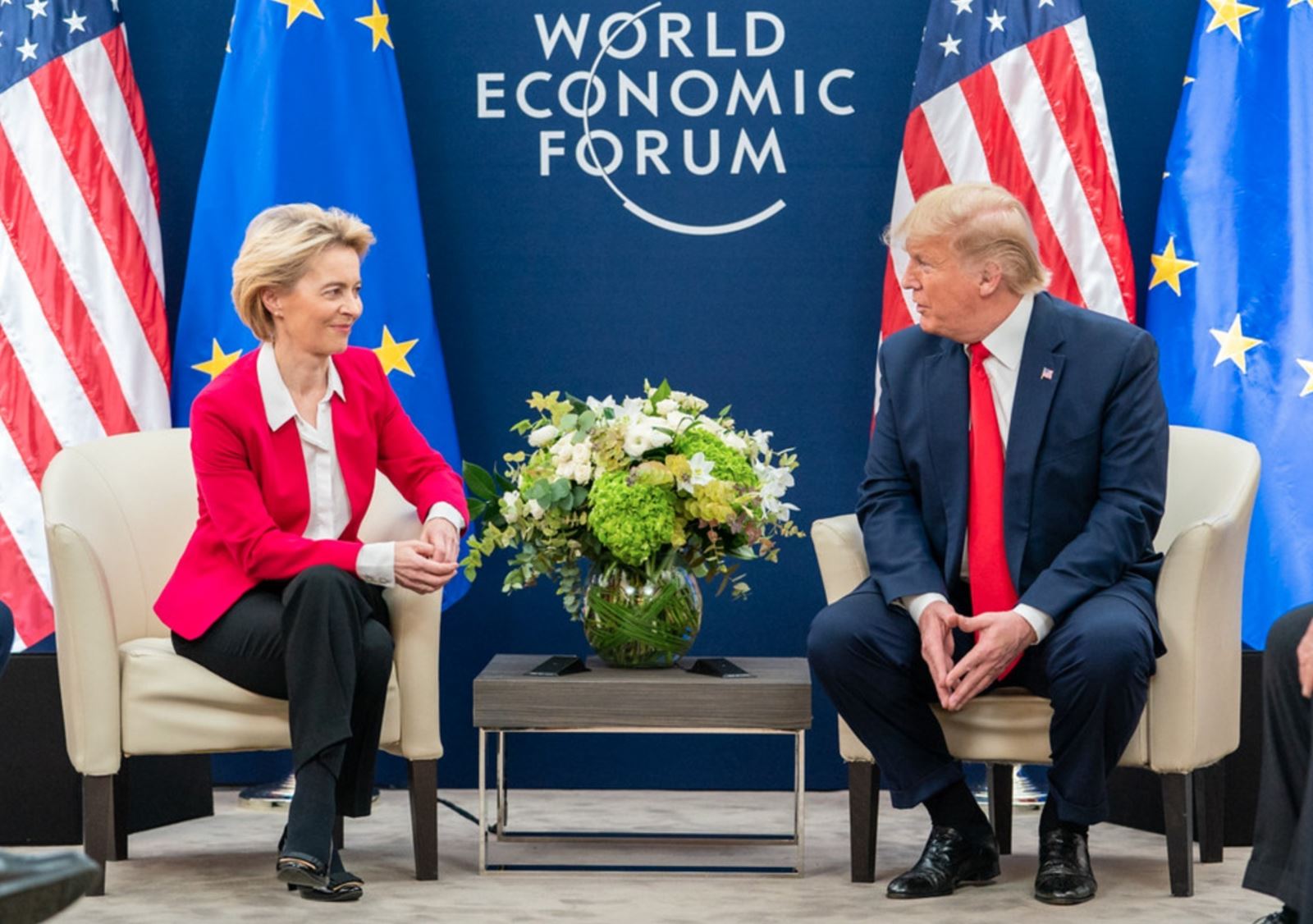
While US President Donald Trump has been aggressively pushing for trade deals with the UK and even traditional rival China, the European Union (EU) has been surprisingly left out, exposing deep rifts between the two once-close allies, according to the Wall Street Journal on May 14.
Despite repeated attempts to negotiate with Washington to lift the tariffs imposed by President Trump on European goods, the European Commission (EC), the body responsible for trade policy of the 27 EU member states, has yet to make any breakthrough.
President Trump imposed a base tariff of 10% in early April, along with 25% tariffs on cars and steel. If the two sides do not reach a deal by July, higher tariffs of 20% will take effect, as the Trump administration seeks to “balance” the transatlantic trade deficit, which he blames entirely on the EU.
“Europe is not a priority for the United States,” said Agathe Demarais, senior policy fellow at the European Council on Foreign Relations. “I don’t think that in any area – whether it’s trade, defense or anything else – Europe is a priority. And of course, that’s a bit of a surprise to Europeans in their discussions with American officials.”
Last week, the Trump administration reached a deal with British Prime Minister Keir Starmer to reduce US tariffs on British auto and steel exports, the first such move since the US president imposed a series of tariffs on goods from around the world in early April.
And earlier this week, China achieved a breakthrough when Washington and Beijing agreed to cut tariffs on each other’s goods to 30% and 10%, respectively. Hours later, President Trump called the EU “worse than China.” His harsh criticism continued: “The EU was set up to rip off the United States.”
As Washington strikes deals with allies and rivals alike, Brussels’ calls for tariff relief have fallen on deaf ears, with the bloc – and its €1.6 trillion transatlantic trade relationship – relegated to the bottom of America’s list of priorities.
“Countries like India, Japan and even Vietnam are now being prioritized by the US over the EU because they know this is going to be tough and they want a quick win now,” said Josh Lipsky, senior director at the Washington DC-based think tank Atlantic Council.
Since President Trump took office in January, the European Commission's chief trade negotiator, Maroš Šefčovič, has held three meetings with his US counterparts, Howard Lutnick, Jamieson Greer and Kevin Hassett. Despite the smiling group photos, the discussions appear to have been marked by confusion and a lack of clarity about the negotiating objectives from the US side. "It's nonsense," said one EU official with direct knowledge of the talks. "It's still weeks away from a deal, as the US seems to be shifting its focus so many times," said another EU official, who spoke on condition of anonymity.
With serious negotiations yet to begin, the EU is wary of any change in attitude from its largest trading partner. But these efforts appear to have had little effect. “I don’t care what some of our partners might say about not knowing what we want,” said Republican US Senator Bill Hagerty. “US Trade Representative Greer has been clear about what we want.”
In an attempt to break the deadlock, the European Commission (EC) last week presented a list of potential concessions, including regulatory easing and joint efforts to curb Chinese overcapacity. The EC also threatened to impose retaliatory tariffs on €95 billion worth of US goods if talks fail – a figure far lower than the EC’s current estimate of tariffs and the nearly €550 billion the Trump administration has threatened. President Trump’s trade adviser Peter Navarro has criticized the EU’s move as unconstructive and provocative.
But as the Trump administration faces domestic pressure to show progress on trade deals, U.S. officials are upbeat on the transatlantic front. “The United States continues to make progress in reciprocal trade negotiations with many partners,” an official from the Office of the U.S. Trade Representative (USTR) said. “We have also had regular consultations with the EU and EU member state governments on how to work toward a more fair and reciprocal trade relationship.”
As the Trump administration celebrated its first trade “deal” last week—a deal with the United Kingdom that would allow billions of dollars of American goods into the British market in exchange for lower tariffs on certain products—one thing became clear: The United States intends to maintain the base tariff. That suggests the countries will have to negotiate other sectoral tariffs that President Trump has put in place, including 25% tariffs on cars, steel and aluminum, and potentially more on products like pharmaceuticals, semiconductors, critical minerals and timber.
The European Commission, by contrast, sees Mr Trump’s 10% base tariff as more flexible than a sectoral tariff. “We feel that the US has some flexibility on the 10% tariff,” a senior EC official said last week. “I think [a 25% tariff on cars or steel] seems to be driven a little bit more by the objective of bringing back manufacturing and re-industrialisation.”
Last week, European Commission President Ursula von der Leyen said she would only be willing to meet with President Trump if there was a “concrete” trade package that could be negotiated. While this diplomatic “freeze” underscores the EU’s small influence in the Trump administration’s view, the bloc appears to want to use it to its own advantage – in what is known as a “strategic patience” approach. “None of the US partners have gone as far as the EU in presenting their position,” another European Commission official said. “On that basis, we will not start from scratch until the US is ready for serious negotiations.”
Source: https://doanhnghiepvn.vn/quoc-te/my-bo-roi-chau-au-trong-cuoc-chien-thue-quan/20250515065927006


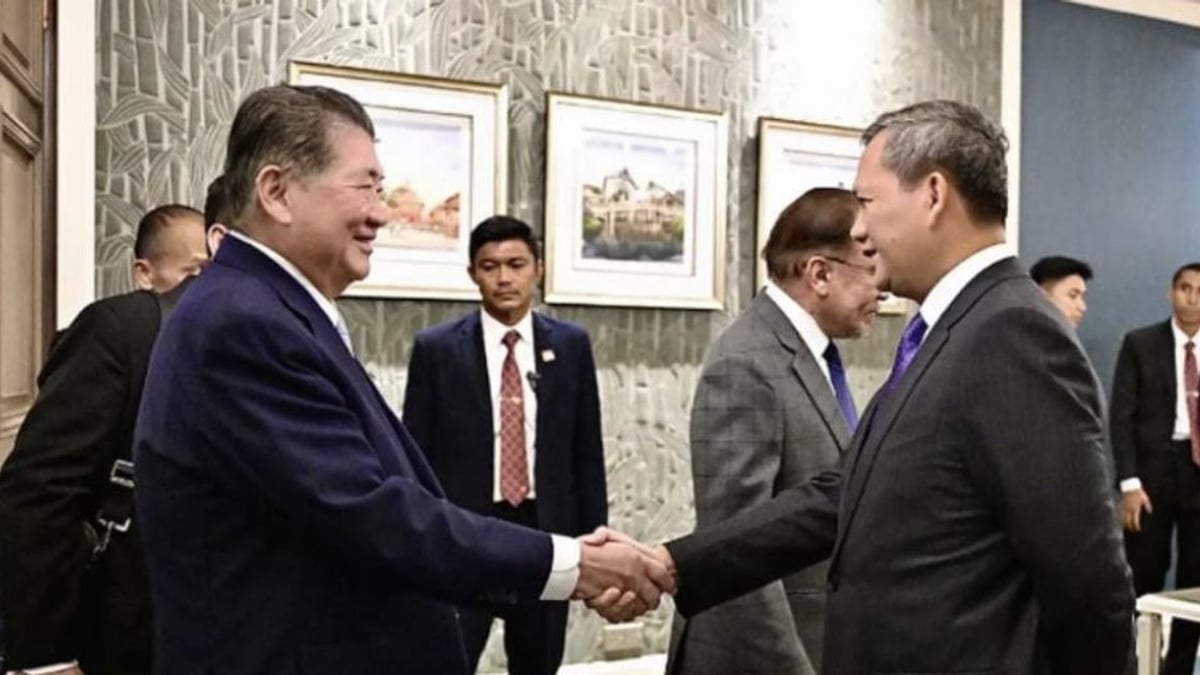


























![[Photo] National Assembly Chairman attends the seminar "Building and operating an international financial center and recommendations for Vietnam"](https://vphoto.vietnam.vn/thumb/1200x675/vietnam/resource/IMAGE/2025/7/28/76393436936e457db31ec84433289f72)



































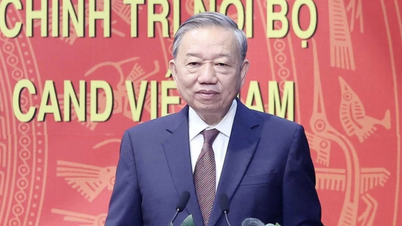
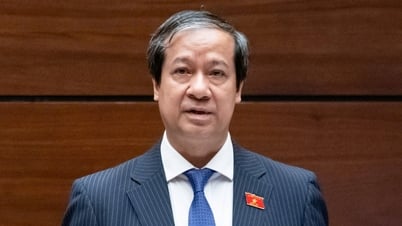
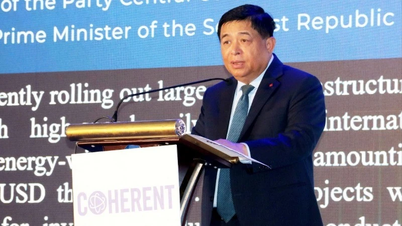

































Comment (0)